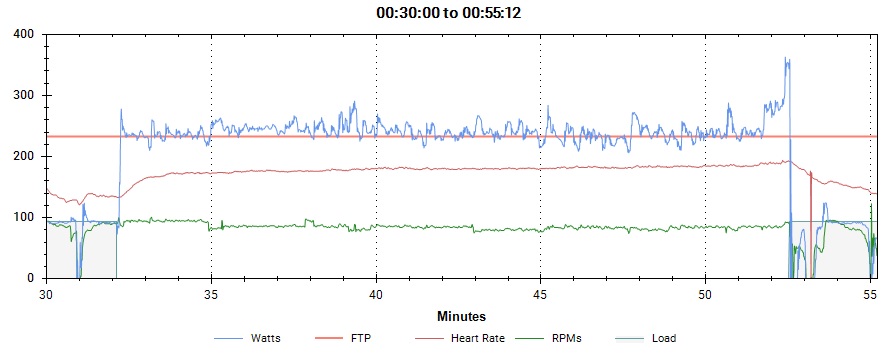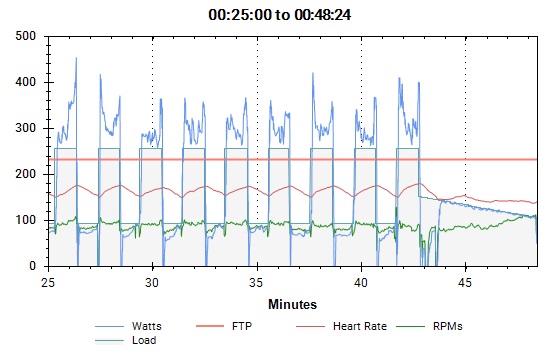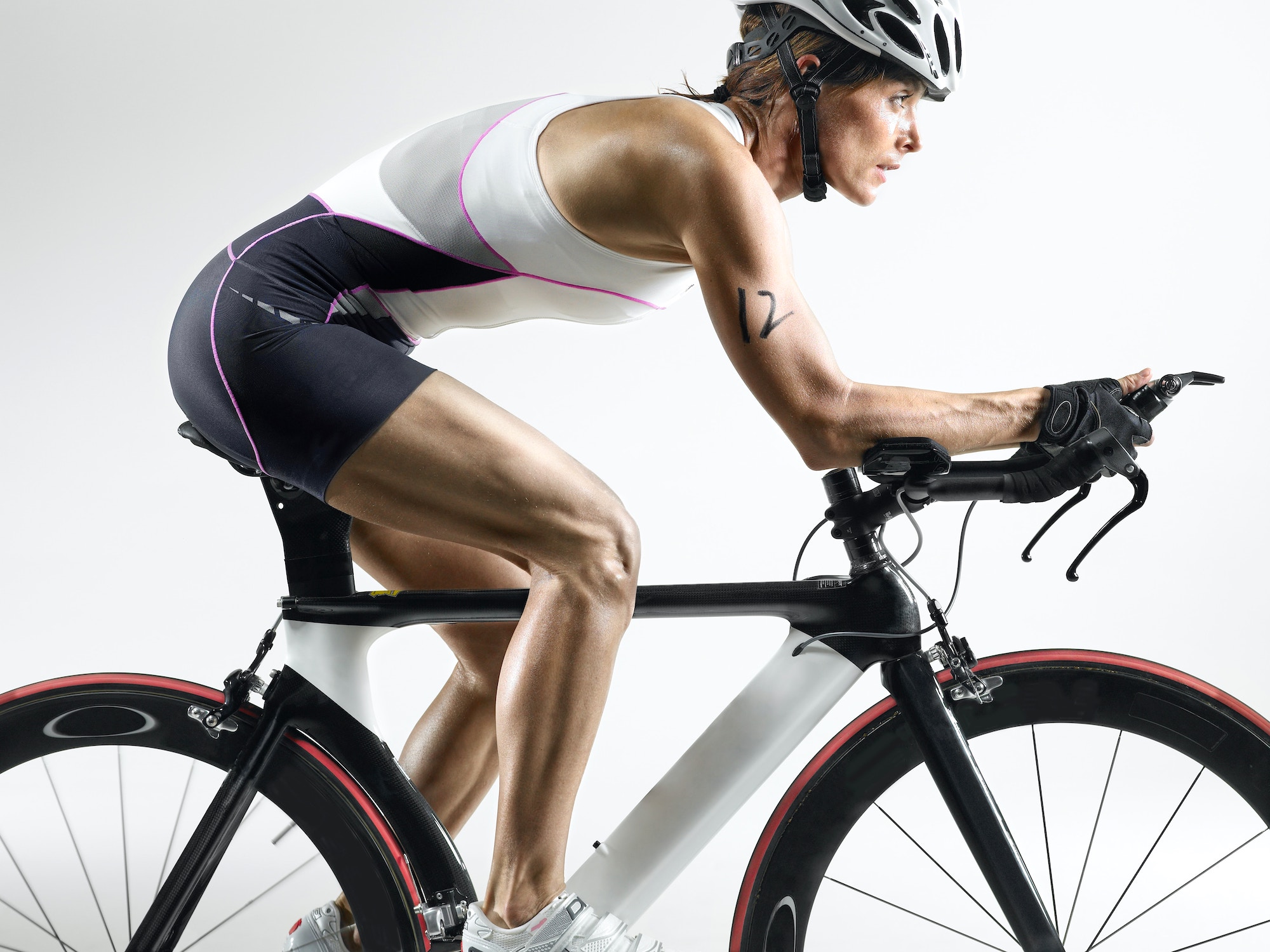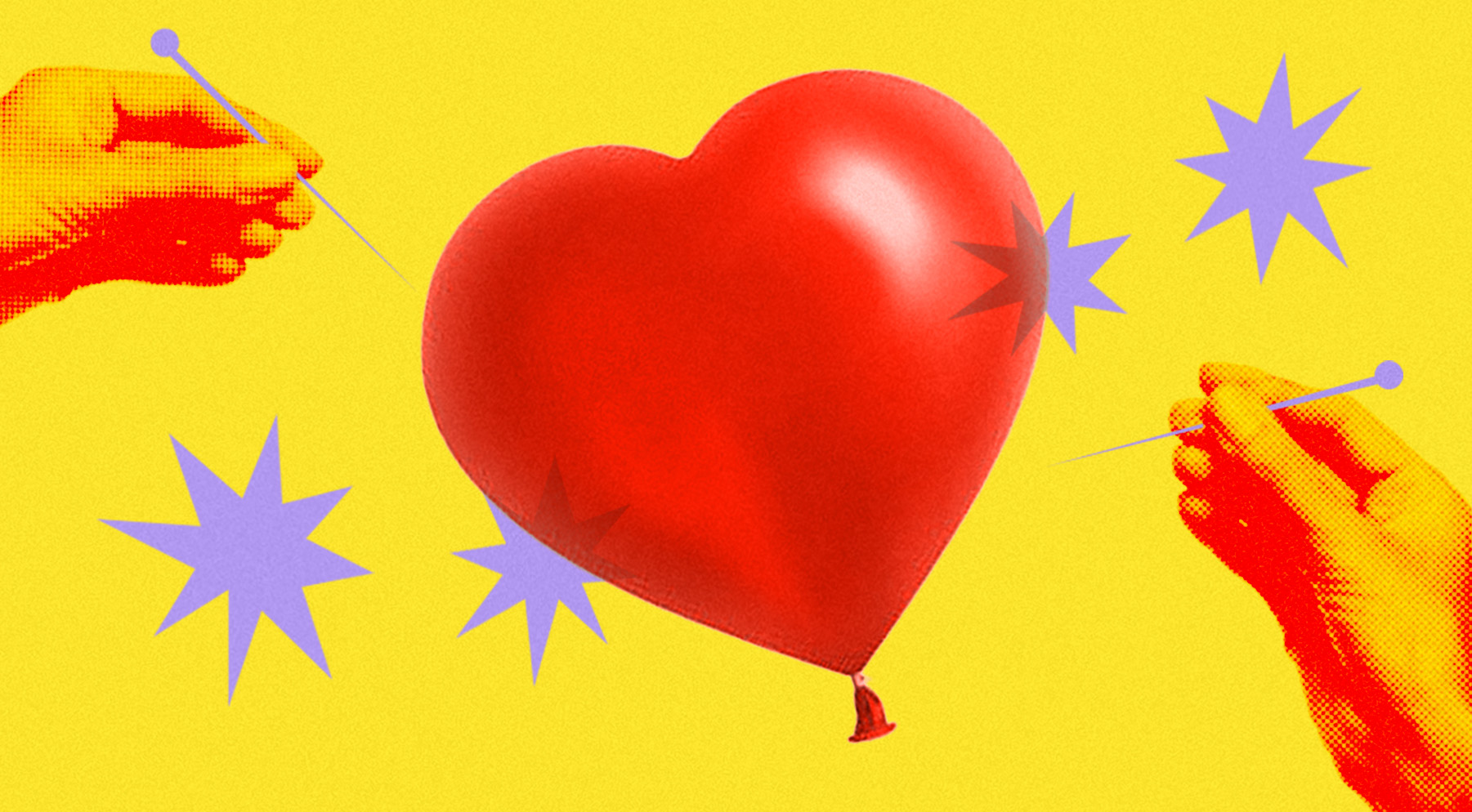All about heart rate and power and how to use these training tools effectively
Heart rate and power are the two primary metrics for tracking and measuring cycling performance. Although power meters are taking center stage these days, it does not imply that it is better than heart rate monitors. Both tools have their own merits and shortcomings, making it essential to understand how these are properly used, separately or together, in order to maximize its training benefits.
What’s so great about power?
Heart rate and power measure workout intensity, the difference being the precision at which it is presented. Power output is consistent as far as strength and fitness is concerned, making it easier to control and quantify. Having a power meter eliminates the need to guess your exertion levels by feel. You will have a numerical prompt for knowing exactly how hard or how easy you are pedaling.
Heart rate on the other hand is easily altered and affected by several factors, making it trickier to rely on. Such factors include dehydration, fatigue, temperature, or even emotional states. There are also the concepts of heart rate lag (the time delay it takes to reach a target heart rate zone), cardiac drift (the gradual rise in heart rate when maintaining a long steady effort), and aerobic decoupling (when power drops and heart rate does not) that need to be understood in order to properly train using heart rate data.

Why heart rate is still essential
Since endurance sports depend on the cardiovascular system, there are several things about endurance performance that only the heart can reveal. Heart rate is the body’s response to physical work exertions, which in this case is pedaling power. It reveals whether you are over or undertraining; why on certain days you feel like you have a personal tail wind pushing you forward or why on other days it seems like you are eternally riding against a headwind.
Reduced heart rate for the same power indicates improved fitness or a properly recovered body. Conversely, increased heart rate for the same or less power is a sign of fatigue or possible illness. This allows the athlete to plan training and racing schedules for optimal performance.
Which to use and when
Depending on your training objectives, there are instances in which it is advantageous to focus on one device over the other.
For building endurance and base fitness, it is best to focus first on monitoring heart rate. Endurance sports coach Chris Carmichael recommends focusing on heart rate during off-season base periods by staying inside a specific heart rate zone while also trying for the most power you can reach. During pre-race build periods, observing heart rate also allows you to see whether you are overtraining and in need of more recovery.
Focusing on heart rate is also advisable during recovery sessions to ensure that the body is not working harder than it should. For improving power during peak race season, especially for cyclists, Carmichael recommends using power meters. Training for power requires short high-intensity interval to which the delayed response of heart rate might be unfavorable.

Naturally, all these will entail establishing heart rate and power training zones first through a functional threshold power, heart rate, or lactate threshold test.
Why you still don’t need a power meter
Power meters have their uses and advantages but they remain an expensive and inessential luxury. Short high-intensity intervals for which power meters are recommended are often about going as hard as you can. Even without a power meter, this is easily gauged by perceived effort alone.
Despite its drawbacks, heart rate monitors by themselves are sufficiently reliable for intensity-based training. Just put in some extra effort to understand how they work. Also, given how conveniently affordable they are, there is no reason not to have one especially if you can already afford a power meter.
If you have the means to have one or both devices, then make the best out of these by not just riding and training with them but also learning how to interpret and understand the data it gathers. That or hire a knowledgeable coach to do it for you.













































